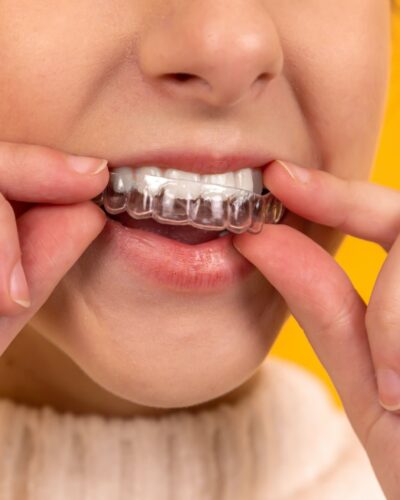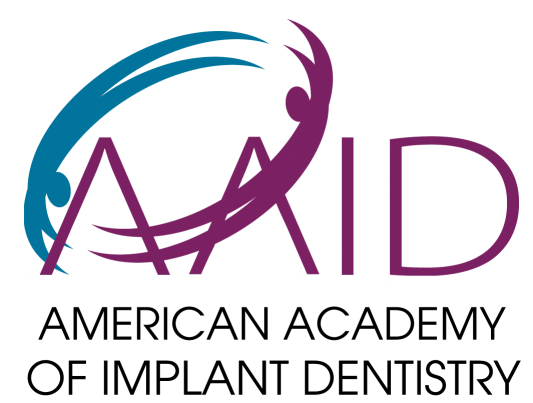What is the Difference Between Braces and Invisalign?
- Braces are brackets or bands bonded to your teeth. Flexible wires or rubber bands hold the braces in place. Traditionally, braces were made from metal, but other materials are available now.
- Invisalign aligners are trays made from medical-grade clear plastic. Each removable tray is custom-made to fit over your teeth. Trays are replaced periodically with ones providing a tighter fit.
Both Invisalign aligners and braces use pressure to straighten and align your teeth. Both result in a better bite and a beautiful smile.

The Advantages of Invisalign
Individuals experience less discomfort with Invisalign. The trays exert gentle pressure to align teeth. Invisalign trays don’t have sharp edges to injure your cheeks, lips, or tongue.
Opting for Invisalign usually means fewer visits to an orthodontist. If you wear the trays as prescribed, Invisalign aligners will shift your teeth quicker than braces do. Most people regard the discreet appearance of Invisalign as the biggest advantage.
- Invisalign Looks Better:
Invisalign aligners are barely visible. That’s a definite advantage for younger individuals who are self-conscious about their appearance or subject to teasing from their contemporaries. Older adults can maintain a professional appearance and avoid colleague questioning or stares.
- It’s Easier to Brush and Floss Your Teeth:
Because Invisalign trays are removable, oral hygiene is easy. You continue to brush and floss as you always have. The aligners are also easy to keep clean and fresh.
- You Can Take the Aligners Out to Eat:
There’s no need to avoid foods or drinks with Invisalign. Remove the aligners to consume hard, sticky foods or beverages that might stain. You may also remove them for special events or occasions.
Invisalign Disadvantages
Invisalign aligners must be worn for up to 22 hours every day. Individuals need to be disciplined enough to leave the trays in that long. And because they are removable, the aligners can be lost or damaged when not in the mouth.
Severely misaligned teeth may require a combination of Invisalign and braces for correction. Aligners may not be suitable for other complex dental conditions. That includes teeth that need to be moved vertically or rotated.
Benefits of Metal Braces
- Braces are not removable, so that alignment is continual. They are also effective for even the most challenging dental issues. Braces have been used for straightening teeth for a very long time, so treatment is precise and efficient.
- Braces Are Less Expensive, and Insurance May Cover in Full
Braces are usually less expensive than aligners. Your dental insurance may further reduce the price of braces. In the case of children, insurance may pay the full cost.
Braces Disadvantages
You may find it difficult to eat certain foods. Braces can also make it harder to manage good oral hygiene. The risk of mouth injury is greater, especially during contact sports.
Invisalign vs Braces: The Verdict
Invisalign or braces: which one is right for you? For many, it’s a matter of personal preference. The condition of their teeth is the deciding factor for others.
An evaluation from an orthodontist is essential for making the right choice.
Call Us for a Consultation Today
The experienced professionals at Lansdowne Family Dental Center are here to help you make an informed decision. Our interview and examination process helps us determine if Invisalign is the best choice for you.
Call us today to arrange your initial consultation, and we’ll quickly get you started on the straight teeth and beautiful smile of your dreams.






